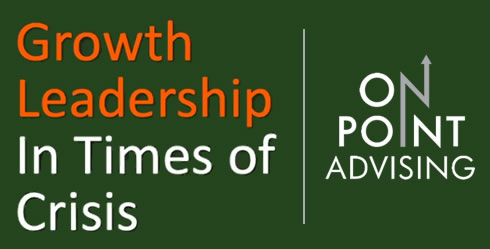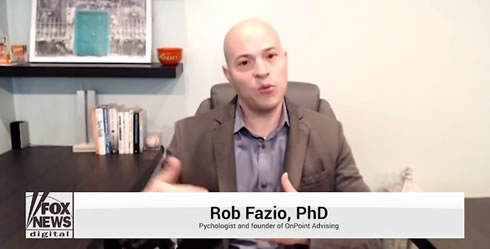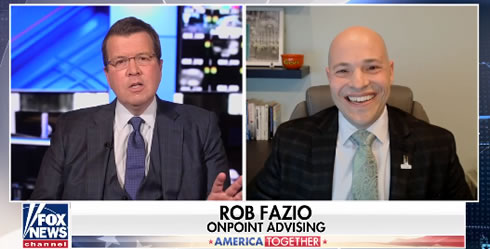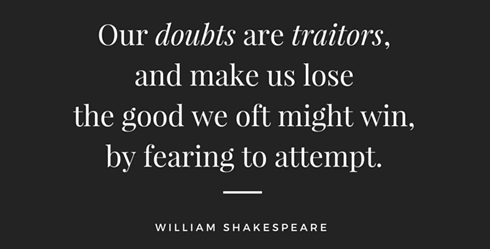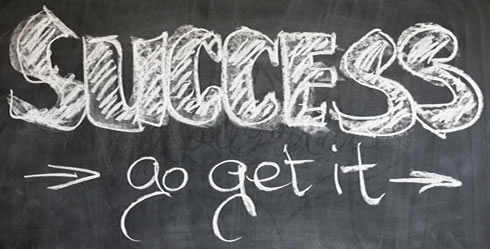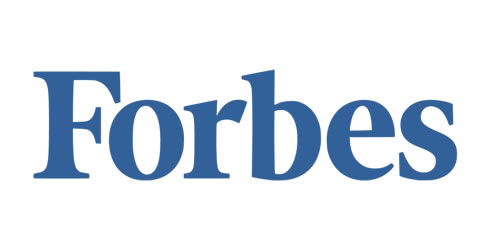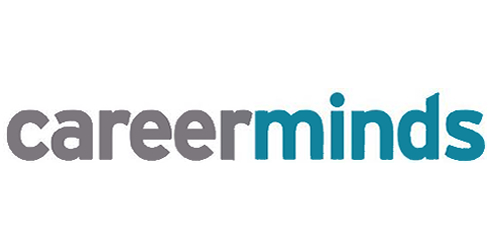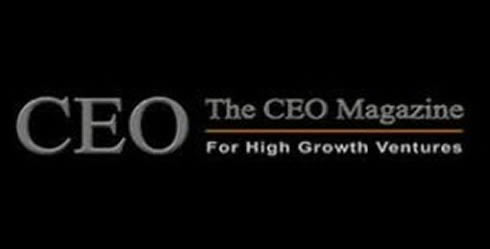Are You Low on Mojo?
Self-Engagement Solutions
By Rob Fazio, Ph.D., Marshall Goldsmith, Ph.D. and Howard Morgan, MBA
(See the article’s original publication in PHRPS here)
Welcome back! In our previous article, Are you Low on Mojo? Self-Engagement Setbacks, we put on the table common traps to self-engagement. We established that engagement is a shared accountability between organizations and individuals. Now that we are all aligned and have brought these challenges into awareness, it’s time to take action. While the business world is often full of complex formulas and strategies we believe the best strategies are the ones that are implemented. Therefore we present Simple Strategies to counteract the setbacks.
Simple Strategies to Navigate the 8 Setbacks
Setback 1: The Victim Trap
Becoming your own obstacle and focusing on what you can control vs. what you can’t control.
Simple Strategy: Changing your attitude from a victim to a self-leader
Attitude is the key to success regardless of your business, art, or craft. Remaining positive and having a focus on what you can do rather than what you can’t do yields results. Take a piece of paper and put a line down the center. Title one column “What I can control” and title the second “What I can’t control.” List all of the things going on in your world and put them into one of these two categories. Focus on what you can control and influence and let the rest go for now. This will give you a sense of control and accomplishment. It also keeps you moving forward rather than getting stuck. You are the only person you will always have with you, so be an effective coach to yourself.
Setback 2: Blaming the Organizational Culture
Being complacent and fearful of being innovative because your idea does not fit into your organization’s culture.
Simple Strategy: Creating your own culture
Make a list of your ideal culture would include. Include the values and principles you would want to see in your ideal organization. Then make these values into behaviors. For example, if you want to be part of a culture where teamwork is valued, than sharing information may be a behavior. Now comes the more challenging part. Hold yourself accountable to these behaviors on a daily basis. Turn these behaviors into simple “yes” or “no” questions. Such as “Did I share information with someone today?” Then tally your weekly score and see how you are doing at the end of each week and month. A good resource is Jon Katzenbach and Ashley Harshak’s article, Stop Blaming Your Culture. The authors present how you can reinforce and build new behaviors that will lead to the high-performance organization you want.
Setback 3: Blurry Vision
Lack of a clear vision for your career and role in the organization.
Simple Strategy: Leveraging the V-SEA for yourself
- Vision – Strategy – Execution – Accountability
Successful leaders need to be able to navigate the rough waters of the V-SEA. V-SEA is an acronym to help leaders remember the essential components of leadership. Throughout this process it is essential to pay attention to your influence style. People respond and grow when they are supported and challenged, so do both!
The process of navigating the V-SEA to helps us answer all of the following questions:
- Where?
Vision– the picture of where you want to go and why it’s important - How?
Strategy – the plan for how will you get there. - What?
Execution –What are the specific steps, roles, and milestones? - When and Who?
Accountability – When will you check in and Who will be accountable for the milestones being reported?
By thinking through and then communicating each aspect in this framework, you will be more likely to accomplish your objectives as will your team. Clarity is King!
Setback 4: Analysis Paralysis
Letting over-thinking result in poor thinking and not making a decision
Simple Strategy: Learn about what decisions you make easily and what decisions hold you back. Sharpen your decision making skills and you will sharpen your productivity and the productivity of those around you.
“If you choose not to decide, you still have made a choice.” One of the authors presented these powerful words that are from the lyrics of a Rush song while consulting to an executive. Often executives and employees get caught up in thinking traps and do not move forward.
Based on a study of the decision-making profiles of more than 120,000 executives, HBR researchers Brousseau, Driver, Hourihan, and Larsson (2006) found that the most successful executives are progressively more open and interactive in their leadership (or public) styles, and more analytic in their thinking (or private) styles, as they progress in their careers. Therefore successful executives take in information publically and make difficult decisions.
The point is executives and managers are paid to make decisions. It is ambiguity and complacency that slows progression.
Setback 5: The Pressure Cooker
Not acknowledging that stress is inevitable and, therefore, not finding a healthy and practical way to manage your stress.
Simple Strategy: Be aware of your stress signals and identify a core stress management tool.
We will all face stress in our work. It is unavoidable. Stress can motivate us or debilitate us. When stress becomes greater than our perceived ability to manage it we get fatigued. Accept that stress is a part of our work and lives and find ways to meet the challenge.
Each of us has target stress signals. For some it may be tightness somewhere in your body, or negative thinking. Become aware of what you feel and think when stress arises and act to manage you stress. Some of the best stress management techniques are reframing a situation to see opportunity and engaging in conversation or consistent exercise.
The HBR blog on turning stress into an asset has some practical tips:
http://blogs.hbr.org/hmu/2011/06/turning-stress-into-an-asset.html
Setback 6: Priorities on top of Priorities
Lack of knowing what your true top priorities are, which results in frustration and a lack of focus.
Simple Strategy: Prioritizing your priorities
Prioritization is a challenge as we all have to do more with fewer resources.
Identify what your top 3 priorities are. Then ask your manager and your direct reports what they think your top three priorities are. This will create a conversation around gaps and perceptions in priorities, and eventually you will be aligned. Incorporate this practice monthly and your consistent communication around priorities will ensure you are adapting to key priorities upward and downward.
Setback 7: The Lazies
Letting fatigue control your over time and becoming disengaged.
Simple Strategy: Thinking LES (Long-term – Enjoyment – Short-term) so you can accomplish more
It is easy to let all you have to do in the course of a day wear you down. The things that we don’t do tend to wear us out more than the things that we do. Therefore, having a framework to ensure that you are also focusing on things that give you energy is just as important as checking off task on that “to do list.” Long-term: What can you do that will benefit the organization 3-5 years from now?
When you are able to think ahead and be proactive, you are much more likely to get to where you want to be rather than end up somewhere you don’t want to be.
The benefits of focusing on the long-term:
- Efficiency of moving toward organizational vision
- Anticipate future barriers that may derail strategy
- Increased hope and optimism
Enjoyment: What keeps you energized and engaged?
If you don’t have fuel in your tank, it doesn’t matter where you want to drive. The more energy we have, the more energy we can give. Think back to a time when you were in a job and you weren’t able to participate in any tasks that you enjoyed. For a relationship-oriented person it may be that you only were working on completing meaningless tasks. For a results-oriented person it may have been you were constantly stuck in meetings that didn’t lead to actions. If you are consistently deprived of your enjoyable activities the result will eventually be burn out, apathy, or mediocre performance.
Identify three work tasks that you enjoy. It may be mentoring others. It may be balancing the budget. It may be setting next year’s objectives. No matter what it is, do it! This will help buffer the challenges and stress you will face on a daily basis.
Short-term: What will get you “wins” in the short-term?
By getting wins during the short-term you build your credibility and keep yourself engaged. The benefits of focusing on the short-term:
- Increased confidence
- Stronger credibility
- Increased perception of leadership effectiveness
Most of us are quite good at getting things done for the short-term. Often these tasks are the most mission critical or strategic. However, it is essential that you continue to complete tasks in the short-term that will also lead to benefits in the future.
Setback 8: Lack of Relationship Enhancing
Not enough focus on developing, nurturing, and repairing business relationships.
Simple Strategy: Build Relationship Capital
Relationships yield results. Of all the leadership strategies gurus offer, none is more effective than focusing on relationships. People drive business forward and create solutions. The more mutually
beneficial relationships you have, the more capital you have.
Every week set aside time for at least one aspect of relationship management.
1) Develop a new relationship
o Reach out to a person inside or outside your organization to develop a new relationship.
2) Nurture a relationship
o Further enhance your relationship with someone by offer a helping hand, asking for help, or just seeing what is going on in their world.
3) Repair a relationship
o Identify someone who you have had a rocky road with and get together to talk about how you can better work together.
By placing an emphasis on relationships you will see that you will have more resources for you and the people with whom you work. What sets people apart is the relationship capital they have. By setting mutually beneficial relationships you will see more opportunities present themselves and be better able to navigate challenges.
Taking Action
Identify two Simple Strategies that you will master and teach others. The way to master them is to follow Dr. Albert Bandura’s framework for building self-efficacy; that is building your belief in your ability to be successful in accomplishing the given task. The way we suggest you do this is by applying the skill, making it a habit, and then teaching it to others. If you want to take it to the next level find articles, YouTube videos, and books related to the topic. Become an expert and bring others along. The more you teach the more you will gain confidence in this area and become a multiplier of the rewards.
The Bottom Line
There is no doubt that the pressures that work presents can get the best of us and lead us to become disengaged. By focusing on what you can do rather than what you can’t do, you will find yourself to have more energy, creativity, and confidence. This will create a higher level of self-engagement for yourself and influence others to become engaged and more productive. Now you have awareness and know what to do take action. Master these strategies you will see your MOJO grow!








